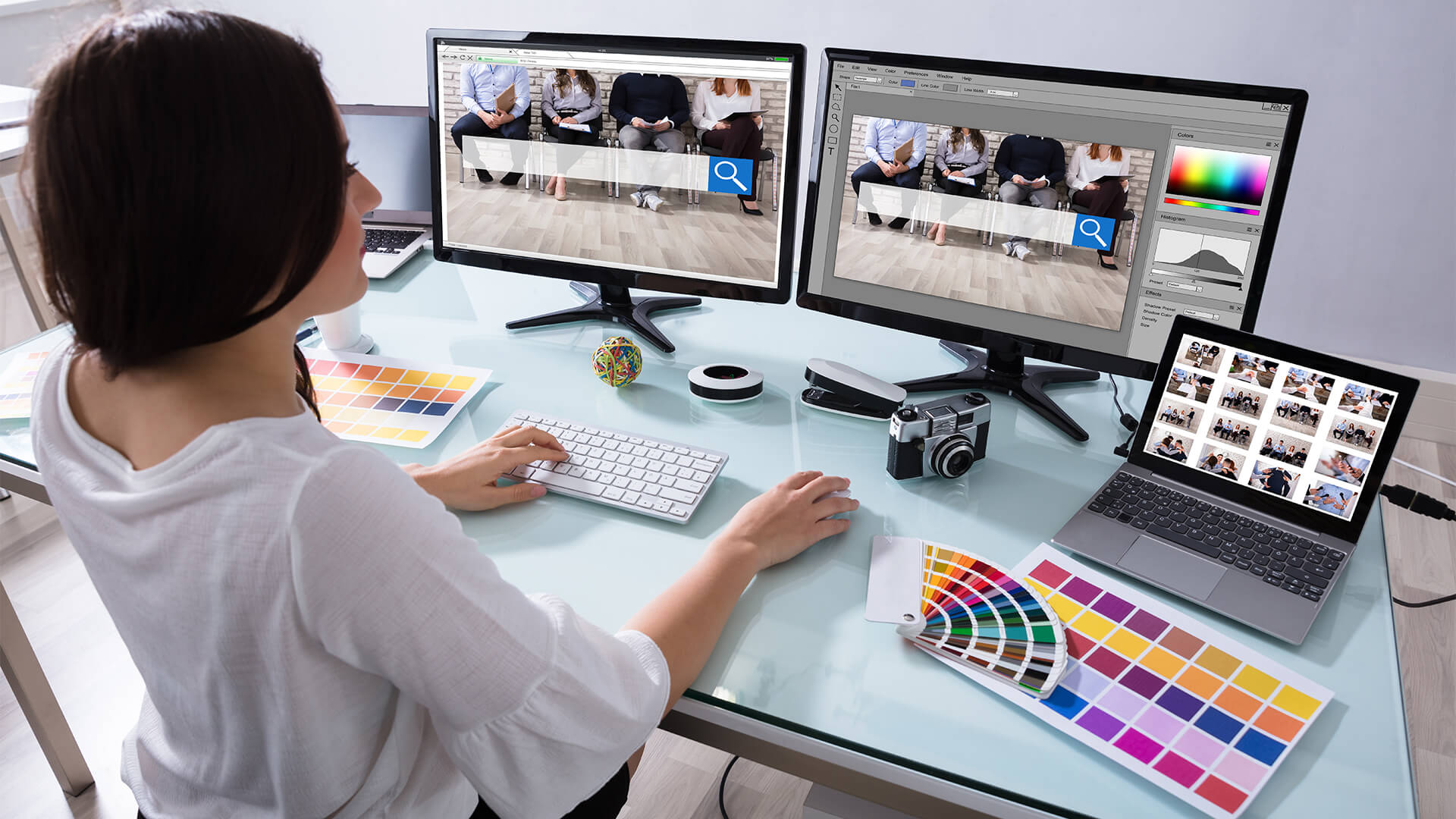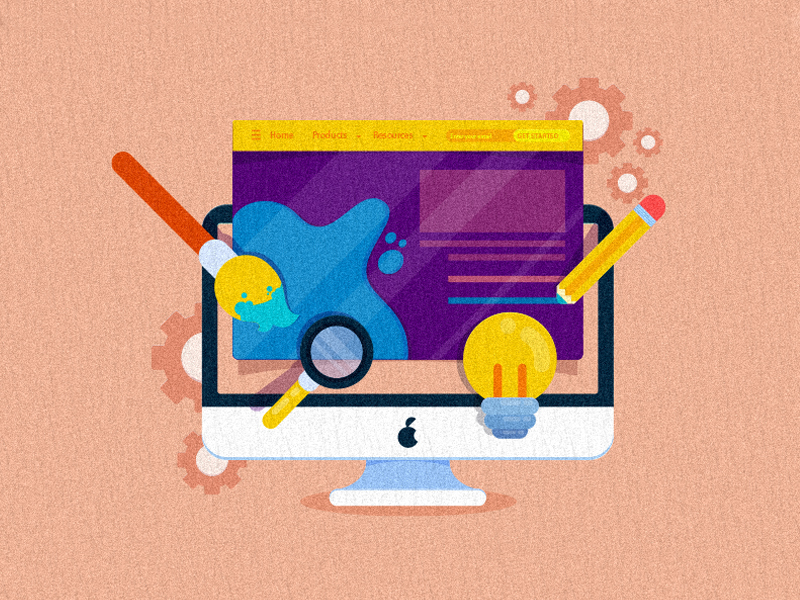The Ideal Sorts Of Website Design to Boost Individual Experience and Involvement
In the ever-evolving landscape of electronic communication, the effectiveness of Web layout considerably affects individual experience and interaction. Various style approaches, such as minimalist, responsive, and interactive formats, each offer one-of-a-kind advantages that can deal with varied customer requirements. Recognizing which types of Web style ideal offer these objectives can be critical for businesses aiming to improve consumer complete satisfaction and retention. The inquiry continues to be: which design elements absolutely resonate with individuals and foster significant involvement? The expedition of these concepts reveals important understandings that might redefine your approach to website design.
Minimalist Web Layout
As electronic landscapes come to be significantly chaotic, minimalist Web design has emerged as a powerful approach to enhancing user experience. This layout ideology focuses on simpleness, concentrating on important elements while eliminating unneeded interruptions. By utilizing enough white area, uncomplicated navigation, and a restricted color combination, minimalist style cultivates quality and guides customer attention to key web content.
The core concept of minimalist Web design is to produce a smooth interaction for individuals. By decreasing cognitive lots, users can quickly understand details without really feeling overwhelmed. This direct approach not just enhances use but likewise urges involvement, as site visitors are more probable to discover a website that is very easy and aesthetically appealing to navigate.
Furthermore, minimal style often emphasizes typography and images, utilizing these components purposefully to convey messages successfully. In significance, minimal Web layout is not simply a trend; it is a thoughtful methodology that recognizes the value of user-centered design.
Responsive Web Layout
In today's diverse electronic environment, responsive website design has come to be important for creating a smooth individual experience throughout a multitude of tools. As individuals access web sites on smart devices, laptop computers, tablet computers, and desktop computers, the capacity of a website to adjust its format and material to various screen dimensions and resolutions is important.
Receptive website design utilizes versatile grids, photos, and CSS media questions to ensure that Web content is provided efficiently, no matter the tool used. This technique not only improves the aesthetic appeal of a website yet additionally dramatically enhances functionality. Customers are more most likely to engage with a website that uses a constant experience, as it gets rid of the stress of having to focus or scroll exceedingly.
Furthermore, online search engine, including Google, focus on mobile-friendly sites in search rankings. By adopting receptive design, businesses can enhance their visibility and get to a broader audience. This method additionally streamlines site upkeep, as a single version of the website can satisfy all devices, lowering the requirement for numerous versions. In recap, responsive Web design is a fundamental method that boosts individual experience, engagement, and overall complete satisfaction.
Interactive Website Design
Responsive Web layout lays the foundation for enhancing customer experience, yet interactive website design takes this an action better by engaging individuals in a much more dynamic means - Aligned Position Web Design. By incorporating elements such as computer animations, clickable prototypes, and real-time feedback, interactive website design captivates users, attracting them right into a richer browsing experience
This approach not only promotes engagement but also motivates users to check out content actively rather than passively consuming it. Techniques such as gamification, where individuals make benefits for finishing jobs, can dramatically boost the moment invested on a site and boost total fulfillment. Moreover, interactive features can streamline complex details, making it extra absorbable and enjoyable.

Incorporating interactive design elements can likewise lead to higher conversion rates, as individuals are more likely to involve with a website that actively entails them. Aligned Position Web Design. Inevitably, interactive Web layout changes click for more info user experiences right into remarkable journeys, guaranteeing that site visitors return time after time
Apartment Style
Characterized by its minimalistic approach, level layout stresses simplicity and capability, removing unneeded components and concentrating on necessary attributes. This layout approach prioritizes usability, guaranteeing that users can navigate interfaces effortlessly and effectiveness. By utilizing a clean visual, flat style eliminates the mess frequently discovered in much more elaborate styles, read therefore improving user concentrate on content and capability.
The trademark of flat layout lies in its use strong colors, easy typography, and geometric shapes. These aspects contribute to a visually attractive user interface that is both friendly and contemporary. Additionally, flat layout cultivates a feeling of clarity, enabling users to discern essential activities and details without distraction.
Furthermore, level layout is particularly effective in responsive Web layout, as its simplicity equates well across various tools and display dimensions. The absence of detailed appearances and gradients lessens filling times, which is critical for maintaining customer involvement. As digital landscapes continue to develop, level style continues to be a relevant choice for producing straightforward sites that boost total experience. By concentrating on important functions, flat layout not just fulfills customer requirements yet additionally urges smooth communication, making it an essential element of reliable Web design strategies.
Flexible Web Design
Adaptive website design personalizes the individual experience by producing numerous dealt with layouts tailored to different screen dimensions and tools. Unlike receptive layout, which fluidly readjusts a solitary format, flexible layout uses distinctive formats for specific my blog breakpoints, guaranteeing ideal presentation on various systems. This strategy permits developers to concentrate on the one-of-a-kind features of each tool, boosting usability by delivering precisely what customers require based upon their context.
Among the main advantages of flexible website design is its capability to enhance tons times and performance. By offering customized material and images that fit the user's tool, internet sites can decrease data usage and improve loading rates. This is specifically valuable for customers with slower connections or limited information plans.

In addition, adaptive design facilitates a more consistent and regulated branding experience. Since designers develop multiple designs, they can make certain that the visual aspects straighten with the brand name's identity across various platforms - Aligned Position Web Design. This leads to a natural customer experience, boosting engagement and promoting individual retention
Verdict
Minimal layout cultivates clearness and emphasis, while responsive design guarantees adaptability throughout numerous tools, advertising availability. Collectively, these design comes close to add to the development of user-friendly settings that not just enhance fulfillment but also drive greater conversion rates, emphasizing their essential value in contemporary Web style techniques.

Minimalist design fosters clarity and focus, while responsive style makes sure flexibility throughout numerous tools, advertising access. Jointly, these design approaches add to the creation of easy to use atmospheres that not only improve contentment yet additionally drive greater conversion prices, emphasizing their critical importance in contemporary Web layout methods.
Comments on “Aligned Position Web Design: Your One-Stop Solution for Innovative Website Design and Development”